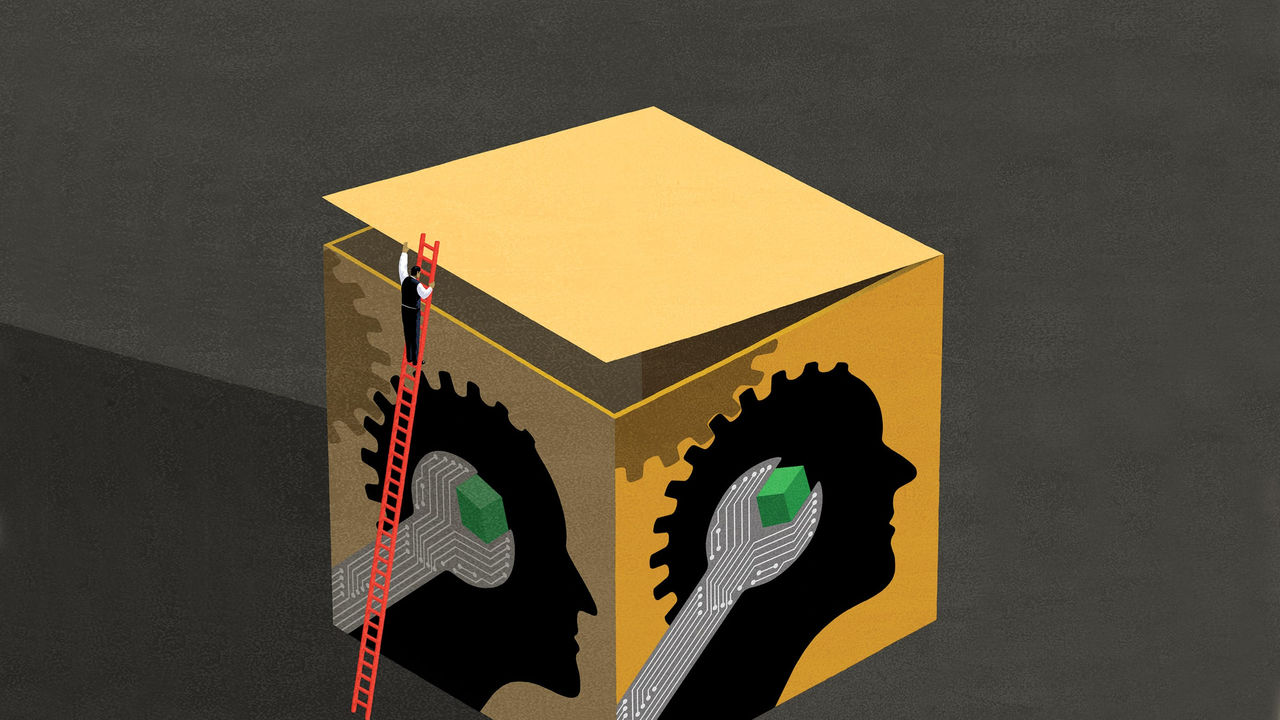Artificial Intelligence Can Boost HR Analytics, but Buyer Beware
Tools can improve decision-making, but know what constitutes true AI.

Artificial intelligence (AI) and machine learning seem to be all the rage in HR analytics these days. They are being touted as tools that help HR leaders predict the impact of talent decisions, forecast employee flight risk, identify high-potential employees, unearth engagement issues, recommend learning courses and more.
But with the growing popularity of AI-driven analytics comes the danger of overhype. Indeed, experts are seeing an increase in the incidence of “AI washing,” a practice where technology vendors exaggerate the role of AI in their products to woo customers. A recent report from research firm Gartner Inc., which tracks commercial trends, suggests providers across industries often apply the AI label indiscriminately to their products.
That’s why it is more important than ever that HR buyers have a strong grasp of what constitutes true AI and machine learning before investing in the tools.
Case Studies
AI refers to systems that can adapt their functionality without being explicitly programmed to do so based on the data they collect and usage analysis. It includes many areas of study and technologies, including voice recognition and natural-language processing. Analysts predict that by 2020, artificial intelligence technologies will be virtually pervasive in almost every new software product and service.
One vendor with seasoned machine learning and AI tools is Ultimate Software based in Weston, Fla. Ultimate’s solutions allow customers to use “signals” hidden in their human capital management (HCM) data to predict employee turnover, for example, or to identify variables influencing employee engagement.
The vendor’s AI platform can also factor qualitative signals into retention equations to determine how employees feel toward their workplace or how fulfilling they find a job role, says Armen Berjikly, Ultimate’s senior director of strategy and workforce intelligence in San Francisco.
HR tech vendor Workday has a similar tool built into its core HCM platform. With the help of an interactive dashboard, customers can understand retention risks unique to their organization, a specific department or individual job roles, says Cristina Goldt, Workday’s vice president of HCM products based in Pleasanton, Calif.
[SHRM members-only toolkit: Managing Organizational Change]
Similarly, Santa Monica, Calif.-based vendor Cornerstone OnDemand has an AI system called Insights that applies predictive analytics to workforce data. The technology can uncover ways to reduce an organization’s risk of regulatory fines, suggest learning courses and help identify high-potential talent.
“The machine learning is there to aid and improve existing processes and work in tandem with humans,” says Mark Goldin, Cornerstone’s chief technology officer. “With succession planning, for example, the AI helps to rate people across different dimensions to determine who might be ready for promotion in six months, a year, or more. It also suggests candidates to fill succession pipelines.
Buyer Beware
Although many organizations are attracted to AI, they could be disappointed with the results if they don’t first work on improving their own ability to evaluate, build and deploy the tools.
“Vendors will say they have AI and machine learning, and many don’t,” says Helen Poitevin, a human capital management research director at Gartner. She recommends asking vendors for references of clients who have experienced quantifiable success with AI.
“Ask those references if the recommendations generated by the tool were useful,” Poitevin says. “How accurate were the predictions? Did those predictions improve over time?”
More than half of the respondents to Gartner’s 2017 AI development strategies survey indicated that the lack of necessary staff skills was the top challenge to adopting AI in their organization.
Also remember that algorithms are only as good as the data sources they rely on. If certain demographic groups aren’t captured, for example, they won’t be selected by the algorithm. Or if a data set is disproportionately weighted with one kind of population sample, then bias will likely occur.
“There are a lot of products out there with a limited customer base, and you want to avoid investing in AI tools where there is no feedback mechanism and no way to train algorithms to get progressively smarter and more accurate,” says Brian Sommer, founder of TechVentive, a technology consulting firm in Batavia, Ill.
“A feedback mechanism allows customers to provide additional data sets and to correct some of the assumptions that an algorithm may be making by providing new data inputs,” Sommer says.
Many HR vendors have introduced flight-risk analytics, for instance, but most rely on internal transactional data from the client company.
“If you really want to understand a larger number of indicators for an individual’s propensity to leave a firm, you’d also want to include inputs from social media profiles, job boards, salary comparison data and more,” Sommer says.
Flight-risk data is best used when it serves as input for recommendation engines driven by machine learning that can suggest next-step actions, Poitevin contends.
Consider, for example, a system that flags an employee with a weakened social network in the company following layoffs or co-worker departures as being at high risk of leaving the organization. “The recommendation engine might suggest steps to help that person get re-engaged in the organization, like building out a coaching or mentoring relationship with less-experienced employees, and suggesting who specifically might be good candidates to be mentored,” Poitevin says.
That’s the kind of intelligence that can help HR professionals—and their organizations—work smarter.
Was this article useful? SHRM offers thousands of tools, templates and other exclusive member benefits, including compliance updates, sample policies, HR expert advice, education discounts, a growing online member community and much more. Join/Renew Now and let SHRM help you work smarter.
Advertisement
An organization run by AI is not a futuristic concept. Such technology is already a part of many workplaces and will continue to shape the labor market and HR. Here's how employers and employees can successfully manage generative AI and other AI-powered systems.
Advertisement


